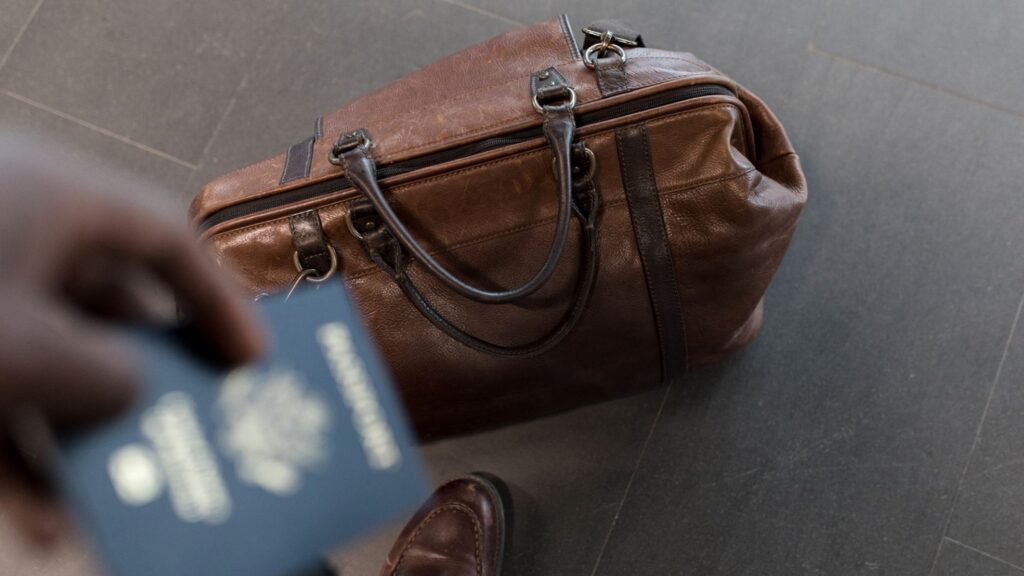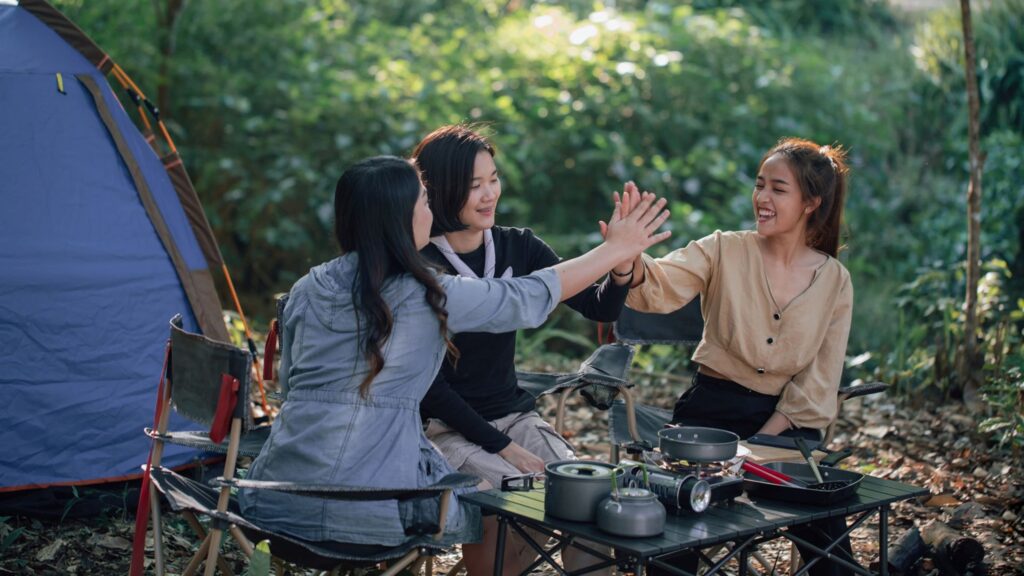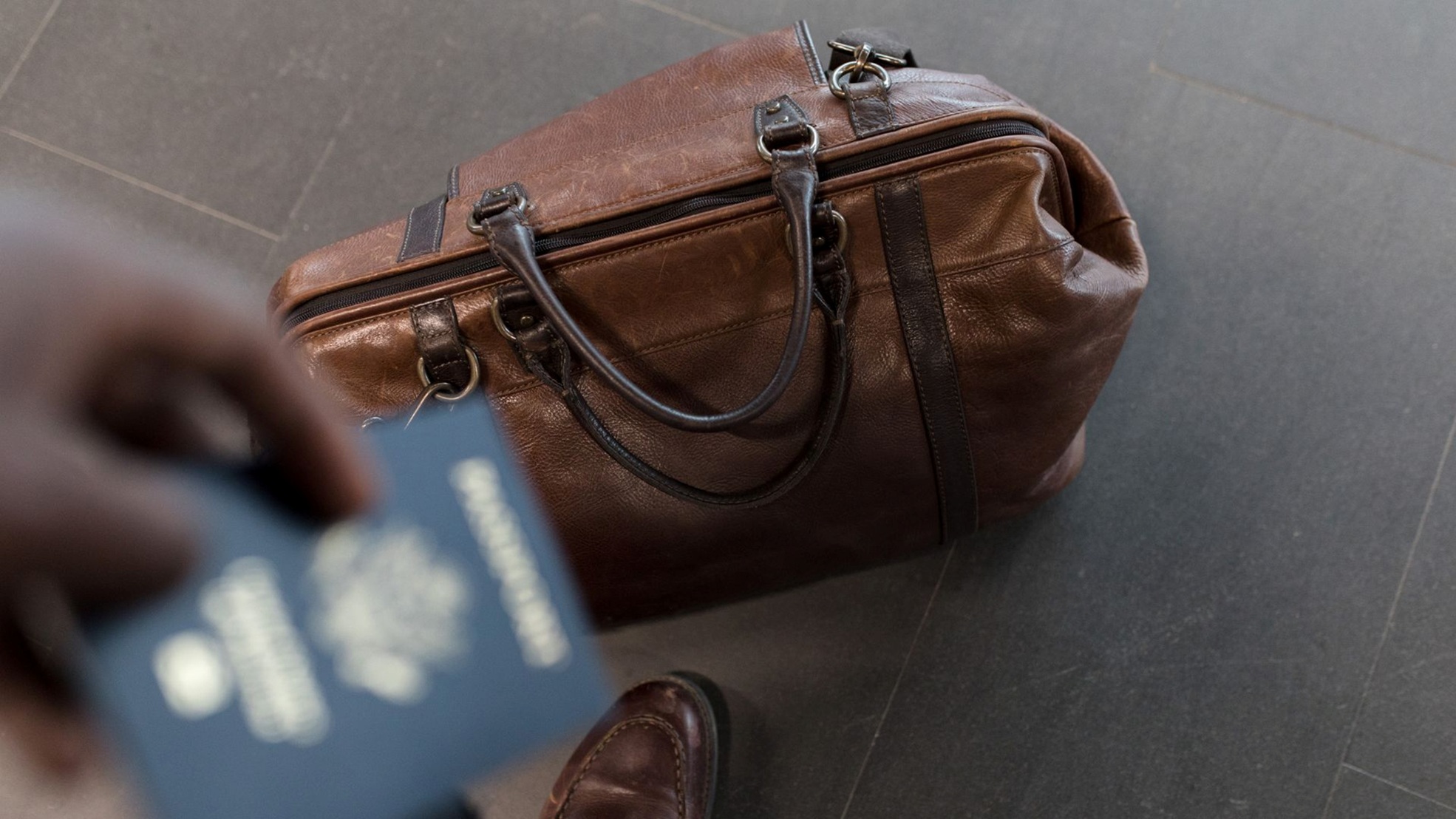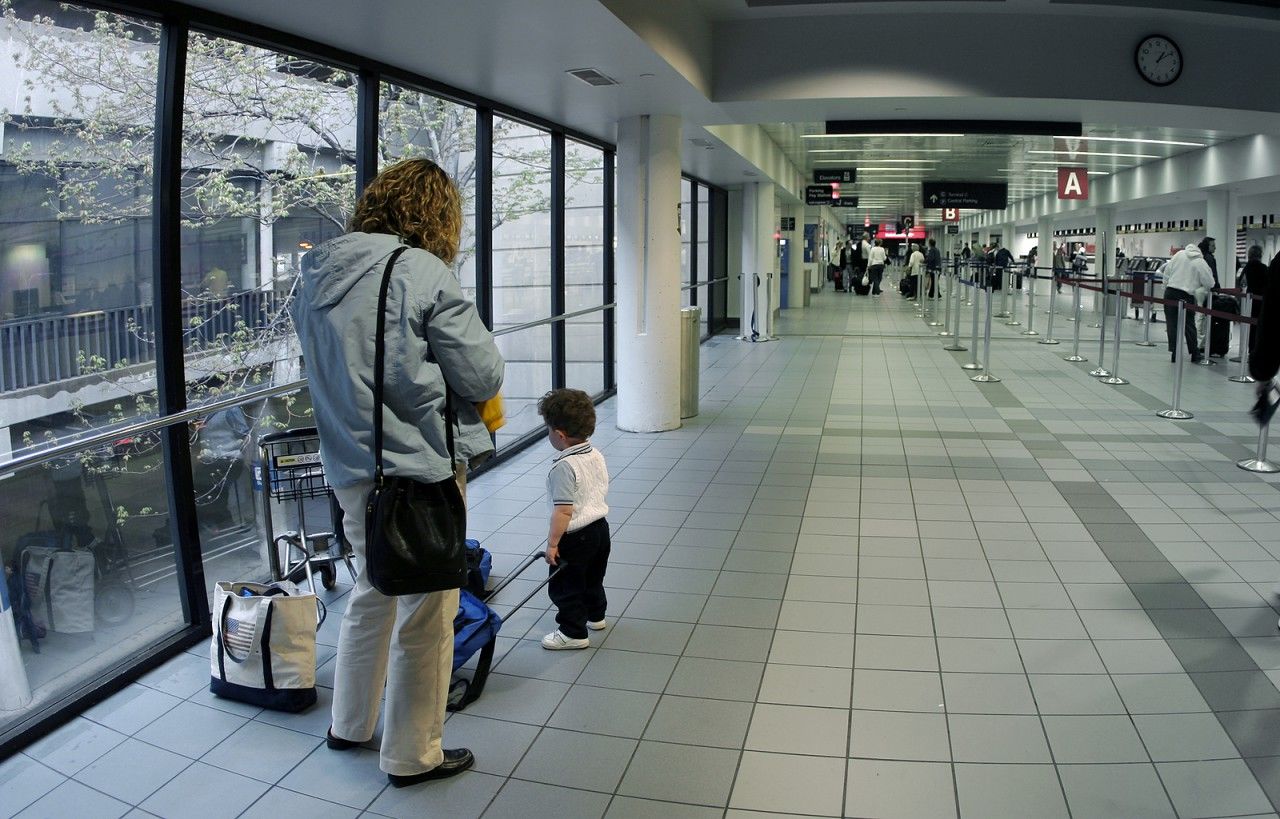A Comprehensive List of What You Need in a Bug-Out Bag

Exactly What You Need in a Bug Out Bag While Traveling
Most people think emergencies won’t happen to them. Unfortunately, they happen more than we realize.
If you travel enough, chances are that you will encounter a very challenging situation at some point. The question is, will you be prepared?
If you’re living overseas, it’s important to be ready in case you ever need to leave quickly. But how can you possibly think of everything you might need to take with you before you know exactly what’s happening? And what if you don’t have the time to pack everything?
The solution is to pack a “bug-out bag” ahead of time. You might have heard it called a “grab-and-go bag” or an “emergency bag”, which is the same idea. Either way, it’s important to have a clear plan and a packed bag for each family member in case you need to flee quickly.
Learn more about why this is so important and what you need to pack in a bug out bag.

Why You Need a Bug Out Bag
Bug out bags are essential when living or traveling overseas because you never know when an emergency situation might arise. Maybe a natural disaster takes place or political unrest suddenly starts. Or maybe there’s a medical emergency in your family. These things can happen incredibly quickly.
Even if you happen to be unlawfully detained, it’s still important to have a bag packed. Many countries require you to provide for yourself if you’re in jail, or if you’re incarcerated against your will on fabricated charges. If you’re interested, there is a story about this in the free guide offered below.
We recommend having a bug out bag in nearly every situation you find yourself in. Including living overseas as an expatriate, leading a team of short-term volunteers working for or alongside you, or even taking a long vacation.
Having a bug out bag provides peace of mind during your travels and also can be essential to your survival if something goes very wrong. Keep reading to discover 10 types of things you need in a bug out bag, so you know what to pack.
Start with our Free Travel Safety Guide
A great resource about bug out bags is our free, 40-page Travel Safety Guide! Download it before you go anywhere!
It offers advice and guidance to help you prepare for a knock on the door in the middle of the night. Or if you find yourself having to quickly flee for your own protection or safety. This is definitely worth a few minutes of your time!

What Should I Include in my Bug-out Bag?
Hopefully, you realize the need for a bug out bag. The question now is, what do you need to include in a bug out bag?
Here are 10 categories of items to consider for your bug-out bag:
- First Aid Kit – Include items for blood loss, an emergency blanket, antiseptic and soap, pain medication, gloves, scissors, a thermometer, and more. You might also want to consider a good first aid course yourself, or a basic lifesaving course (not just CPR) as well. In case of an emergency, you may not be the only one needing medical attention.
- Ability to Communicate – It’s important for you to have the capability to reach out to family, friends, the Consulate or Embassy, or someone else in your home country. If you don’t already have numbers written down in your cell phone and computer, add a file to your desktop and send yourself a text and/or email with this information. You can also write important numbers on a piece of paper.
Don’t just trust a cell phone alone because the power can run out, it may not be charged, or it may be taken from you. It can also get dropped and broken. Pack an extra battery and/or power bank and cable just in case. The electrical grid may be down in case of a natural disaster so having extra power is critical.
Do you have a plan to communicate with loved ones when traveling, running errands, meeting with local officials? At any of these times you may be held against your will or simply disappear. You need to have a way of letting people know where you are going as well as how and when you will check back in. There are also apps you can download that allow you to communicate with people even without access to the internet or a cell tower.
- Critical Medical Information – Bring your international travel medical insurance card and phone number to dial in case of emergency (usually on the back of your card). Take a photo of the front, but also make sure to take a picture of the back. And make sure you print an extra copy for your bug-out bag of each person’s insurance card!
Don’t forget to bring copies of any critical prescriptions and blood type/allergies/pre-existing conditions. In case you are unconscious and cannot speak for yourself, this might just save your life!
People overseas might not be able to communicate with you well because of the language difference, but they may be able to read the English on your documents. Or use their phones to translate whatever is written down.
Things such as an extra pair of glasses and basic medicine you rely on daily should be in your grab-and-go bag as well. Consider bringing the book, “Where There Is No Doctor” and/or “The Yellow Book” from the CDC. You can pack a printed copy or put it on your device(s).

- Identification Documents and Money – Pack important documents and copies, like passports, birth certificates, ID cards, and more. We also recommend you carry some money in both your home currency (if applicable) and the local currency.
You may also want to include any precious jewelry,and irreplaceable items in this category. If you have space, you could include a record of where you are from, what street on which you are residing overseas, your family members, your pets and photos or anything else that may help you get reunited in case of emergency.
- Navigation Tools – Every phone is now equipped with GPS, which is super helpful. However, we also recommend packing a detailed map and maybe a compass in a ziplock bag to help with directions/locations.
- Water Filtration – This might seem extreme, but we cannot survive very long without water. A clean water filtration device and/or iodine and bleach is essential. In case of no water, polluted water, having good filtration (such as Sawyer) can keep you alive and bug-free. A simple water filtration device can cost less than $30, and they are fairly small.
We also recommend packing at least one bottle of water. This could come in handy in case you ever face quarantine, a disaster, an emergency living situation or detention.

- Camping Supplies – Pack items such as fire starter, duct tape, ziplock bags, razor blade, flashlight, tarp, a knife (try to keep it innocuous – not a giant paramilitary version that will raise eyebrows), a whistle, some cord, a can opener, etc. In most disasters, you should think “we’ll need to be able to rough it for a few days to a week”, and plan accordingly. Whatever you consider essential for camping, you will also need in case of an emergency.
- Food – Food is another necessity. Pack some food that is full of protein and will stay good for an extended period of time. We recommend nuts, granola bars, or you can purchase some emergency food packs.
- Clothing – Bring at least one extra pair of every piece of clothing. This will come in handy in case your clothes get wet, torn, filthy, or you need to layer up.
- Shelter – If you have any extra room in your bag, try to fit something you can use as shelter or to help you sleep. This could include a tent or sleeping bag.
This list might feel overwhelming, but after you make your bag once, you should be all set for awhile. Most of the items are small and inexpensive (or free), so you should be able to fit them in a small bag, and they shouldn’t break the bank. And most have long expiration dates.
Prepackaged Emergency Preparedness Kits
Except for well-equipped medical kits, we would discourage purchases of pre-packaged “emergency preparedness kits.” They are often overpriced and not very well-thought out for overseas use.
Building one locally, based on your own needs, would be our recommendation. Then, check it and refresh it once a year or every two years.
Useful Links for Bug-out Bag Lists
Here are a few links to helpful references with ideas for what you need in a bug-out bag.
An organization called Bugout Academy provides a list of 75 items that you might want to pack in your bug-out bag.
The U.S. State Department offers some basic suggestions for a bug-out bag.
A helpful website for a national public service campaign from the United States government that describes an emergency kit.
# # # #
One item mentioned above is your international travel health insurance card. We believe travel insurance is essential, especially if you think you could ever find yourself needing a bug out bag.
If you haven’t purchased a travel plan to meet your needs, look no further. We have plans that meet just about anyone’s needs. Check out these plans if you’re living overseas long term, and see these plans if you’re traveling overseas for less than a year.
All of our plans include emergency medical evacuation and most have “political evacuation” as well. You are not well prepared if you only have local or domestic insurance because most likely they will not cover you in the event of an emergency.
If you’re just visiting overseas or volunteering for a short trip, you might not think travel insurance is necessary. But, it is, and it’s not expensive. Consider downloading the Travel Safety guide above and purchasing a good travel policy. Depending on whether you are a team leader or going to an area where medicine is sorely lacking, you may or may not need much more than a good first aid kit and medicine/water filtration for yourself.
Enjoy your next adventure!






